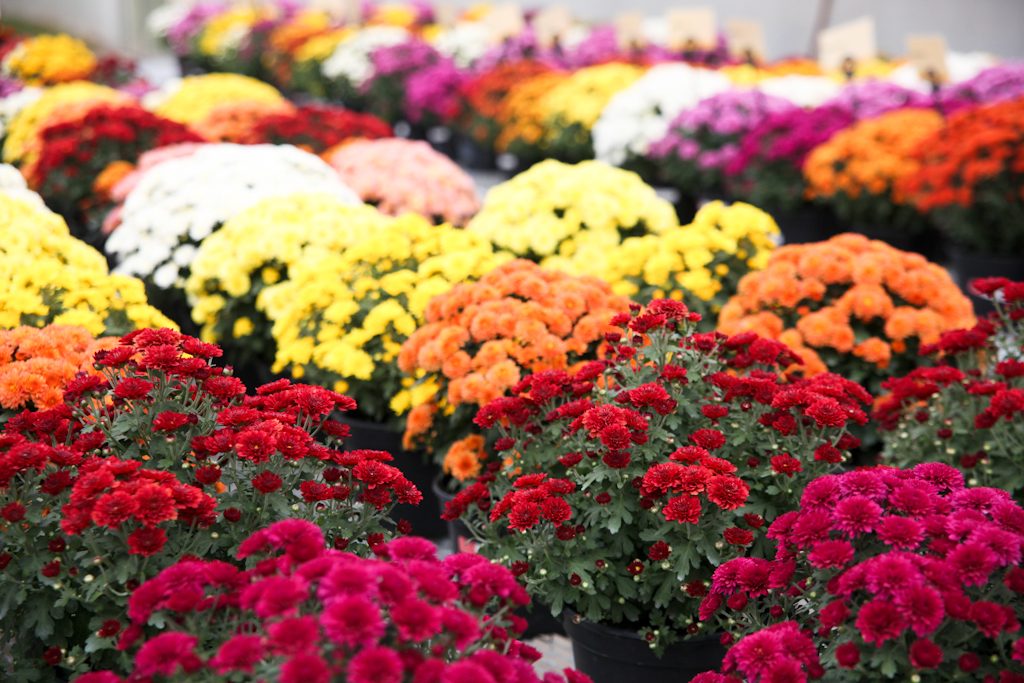Chrysanthemum White Rust Awareness 2018
Chrysanthemum White Rust (CWR) is a fungal disease that growers may have vaguely heard about over the last couple of years. This is a USDA quarantinable disease which, if discovered on a grower’s property, requires Plant inspector notification and disposal of all infected plant material in the operation. In previous quarantines, this translates into a complete crop destruction both on site and a potential recall from retail since by the time the grower notices the CWR outbreak it has spread through the entire crop.
CWR has been widely discussed both at the national level (USDA CWR link here) and within the state and grower communities. The USDA website clearly documents the management plan if CWR is reported in a grower’s operation (Eradication plan here).
We have complete confidence in our supply chain’s (breeder, elite stock, stock plant, rooting stations) ability to produce CWR free plants. In spite of our supply chain clean stock practices, over the last couple of years, we have heard of positive reports from growers who were not aware of the correct protective fungicides they must apply to prevent CWR. When growers fail to follow a preventative protocol, they place their crop at risk
FAQ
Where does CWR come from? Like many spore spread diseases this is easily spread in the wind and carried from infected to clean plants. Not only can overwintered chrysanthemums be the source but there are common perennials (Montauk Daisy) which can harbor the disease from one season to the next. Infected plants in the grower’s neighborhood could also act as the source. Work at Penn State showed that the spores might overwinter on infected plants and can infect clean plants the following spring-summer.
Can this be prevented? YES! Growers who are applying preventative sprays do not report infections even when nearby neighbors report severe infections. We strongly encourage growers who are concerned about CWR to review the attached document and implement a preventative spray program.
Who is at risk? Growers in Eastern Canada, NE-US, CA and PNW are at the highest risk due to overwintered infected plants may act as an infection source. Any grower who believes he was infected in the previous season should also spray preventatively. Growers should scout their crops and be aware of the symptoms and begin a preventative program if they are in a @Risk area of the country.
What about claims against the suppliers? When a positive outbreak occurs, the local inspector requests the supply chain source and contacts the local inspector for that supplier. The supplier’s inspector will scout the chrysanthemums on the supplier’s property for CWR. If there is no CWR reported at the supplier, then the claim is denied as it is assumed to be self-infected at the customer.
Authors: Will Healy and Todd Cavins
For more information on identifying and preventing chrysanthemum white rust, additional
references are available at:
https://nysipm.cornell.edu/agriculture/ornamental-crops/pest-alerts/chrysanthemum-white-rust
Download CWR Alert PDF by Cornell University, New York State, Integrated Pest Management





